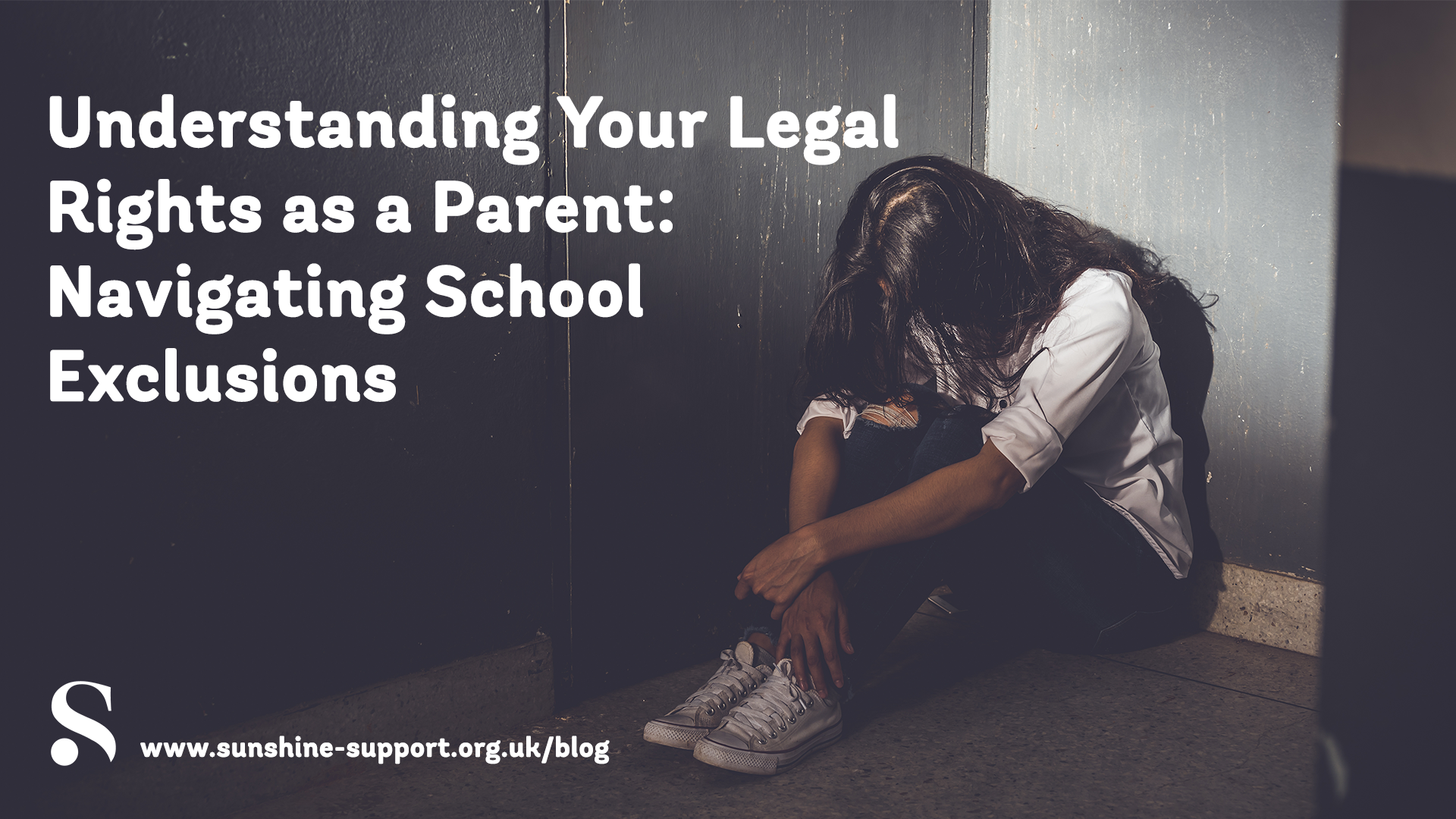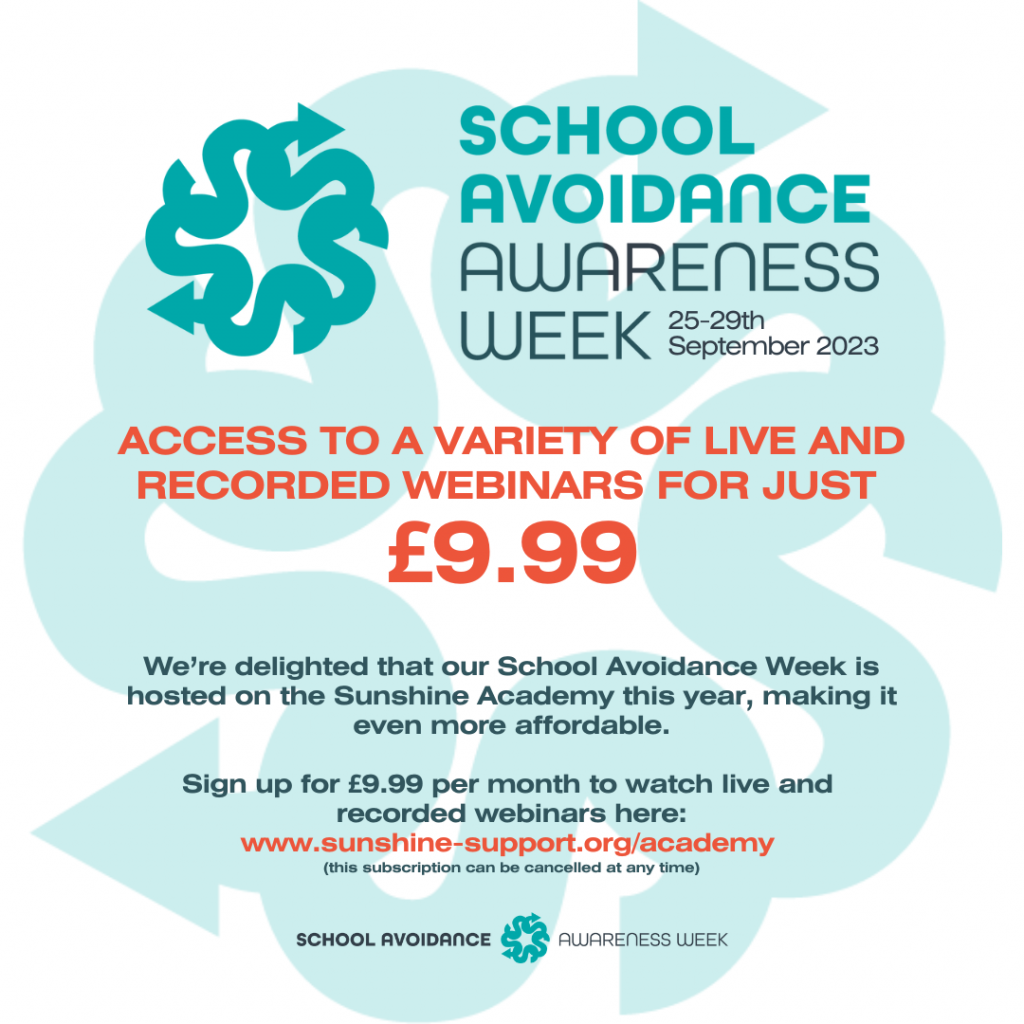
Being a parent comes with its fair share of challenges, and one of the most distressing situations can arise when your child faces exclusion from school. Whether it’s a fixed-term exclusion, permanent exclusion, or other forms of informal exclusions, it’s crucial to understand your rights as a parent and the legal framework surrounding these decisions. In this guide, we’ll break down the different types of exclusions and empower you with the knowledge you need to advocate for your child effectively.
There are only two types of exclusion from a school which are lawful: permanent and fixed-term (which is called a “suspension”).
Permanent Exclusion: Understanding the Process
Permanent exclusion is the more severe measure where a pupil is removed from the school permanently. However, this decision must meet strict criteria. The school should only take this decision if it can prove that the student’s behaviour constitutes either a serious breach or persistent breaches of the school’s behaviour policy and that allowing them to remain in school would seriously harm their education or welfare or the education or welfare of others such as staff or pupils in the school. Permanent exclusion should always be the last resort and must comply with the Equality Act 2010.
Fixed-Term Exclusion, now known as “Suspension”: What You Need to Know
A suspension involves the temporary removal of a pupil from school due to disciplinary reasons. It’s important to note that this type of exclusion should be lawful, proportionate, and fair. Your child’s school must notify you promptly about the exclusion and provide reasons for it. According to the Department for Education, schools are allowed to exclude a student for up to 45 days in a school year, with suitable full-time education arranged for longer exclusions.
Following the first 5 days, there needs to be an education provided under Section 19 Education Act.
It is worth being aware that when a child returns to school from a fixed term exclusion and is then placed within a separate room for a period of days to ensure that they are behaving suitably to return to the classroom, then this becomes a continuation of the exclusion and it is something to keep an eye on as to whether it will go over the legal number of days.
Informal Exclusions: Knowing Your Rights
Informal or unofficial exclusions, such as sending a child home for a “cooling off period” or placing them on a part-time timetable, are unlawful. All children are entitled to a full-time education, and any deviation from this must follow the correct formal process. It’s essential to be aware of your rights, including the right to representation, in these situations.
Other Forms of Exclusion: Internal Exclusion and Managed Moves
Internal exclusion involves removing a pupil from regular classes for disciplinary reasons, while a managed move is a voluntary agreement between the school, parents, and a new school for the student to transfer. It’s crucial to ensure that these measures are implemented fairly and that your child’s welfare is prioritized.
Off-rolling and Gaming: Unlawful Practices
Off-rolling and gaming are unlawful practices where schools manipulate exclusion decisions for their own benefit. Any exclusion that doesn’t adhere to the regulations outlined in the Education (Pupil Registration) (England) Regulations 2006 is unlawful and can be challenged.
Elective Home Education and Alternative Provision
In some cases, parents may choose elective home education or alternative provision for their child. It’s essential to understand your rights and responsibilities in these situations and ensure that your child receives suitable education.
Navigating school exclusions can be overwhelming, but as a parent, you have legal rights to protect your child’s education and well-being. By familiarizing yourself with the relevant laws and guidelines, you can advocate effectively and ensure that your child receives fair treatment.
Learn more in our upcoming webinars on Exclusions: www.sunshine-support.org/events
Learn more from our past webinars and courses on Exclusion and related topics: www.sunshine-support.org/academy
Sources:
- Department for Education, 2017, Exclusion from maintained schools, academies and pupil referral units in England – Statutory guidance for those with legal responsibilities in relation to exclusion
- The Education Act 1996
- The Equality Act 2010
- Ofsted, 2019, The Education inspection framework (draft)







